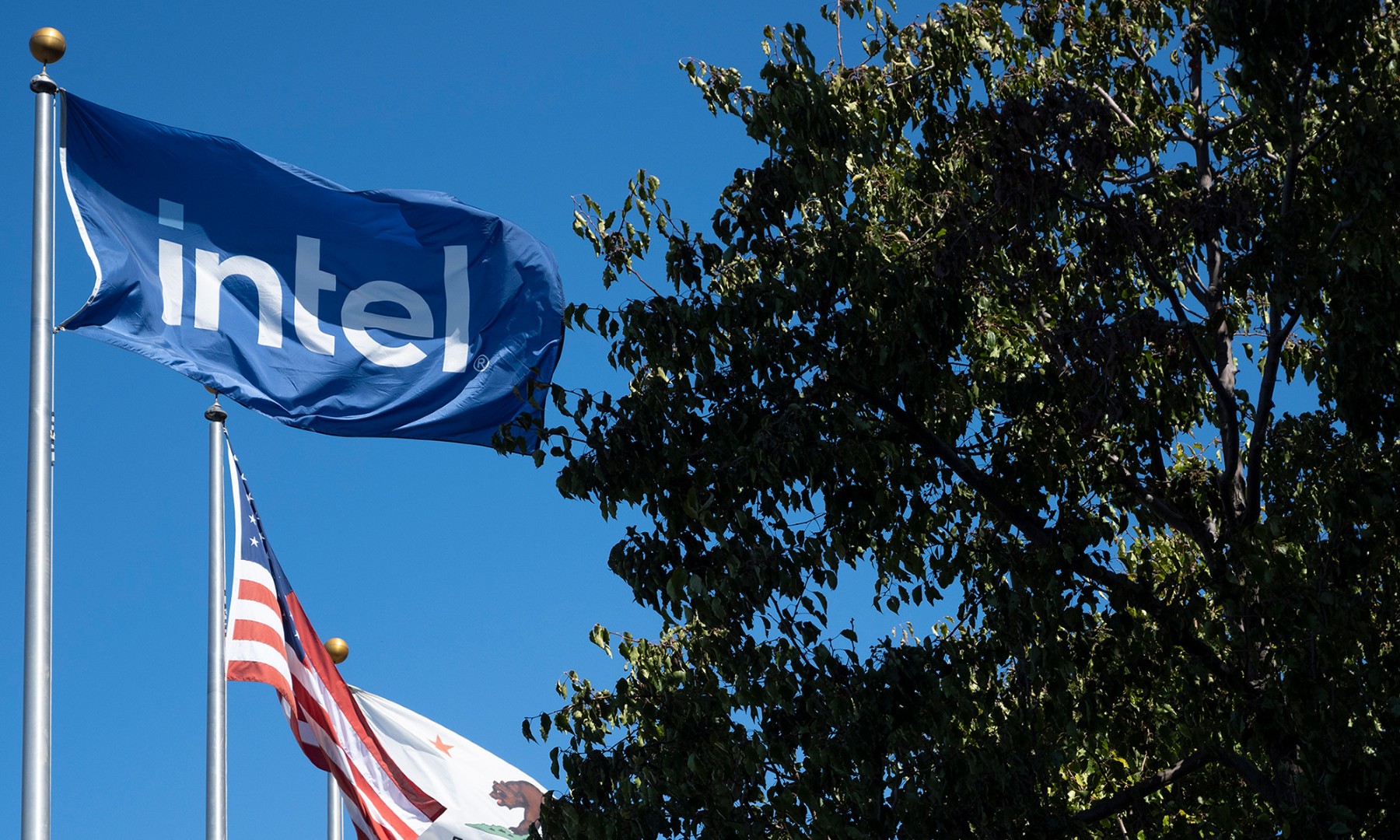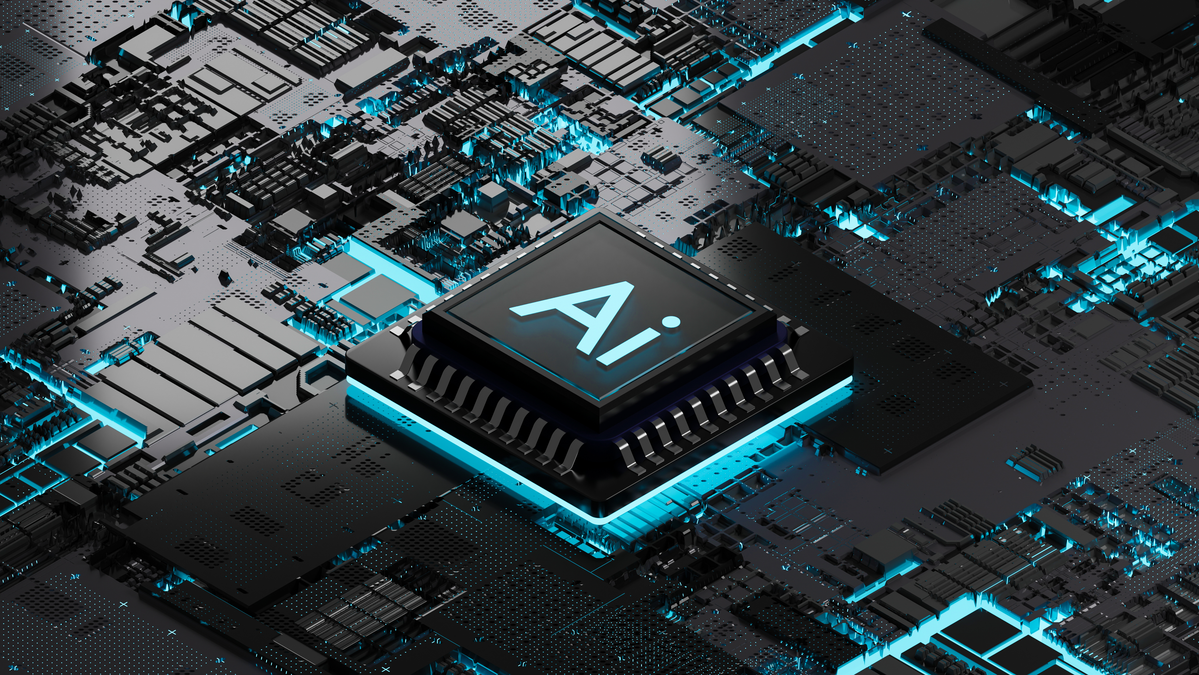When Intel (INTC 4.30%) announced that its tablet-oriented processor – known as Bay Trail-T – would require a contra-revenue bill of materials offset in order to be competitive, many investors were disappointed, but recognized that this was the right thing for Intel to do given the cards it was dealt. However, as I wrote back in May, the core Bay Trail technology was still fantastic for Intel's profitability – just not in ultra-mobile.
Indeed, with the lower cost structure of Bay Trail for notebooks (Bay Trail-M) and for desktops/all-in-ones (Bay Trail-D), the company was able to successfully mount an attack on rival Advanced Micro Devices' (AMD 4.81%) budget PC chip stronghold. On the most recent conference call, CEO Brian Krzanich gave us the first hint as to just how big the impact of Bay Trail in PCs really was.
20% of Intel's notebook mix, 60% of Pentium/Celeron mix
Mr. Krzanich gave us the following details about the mix of PC-oriented Bay Trail products during the second quarter:
- Bay Trail-M made up 20% of Intel's entire notebook shipments
- Bay Trail-D made up 60% of all of Intel's Pentium/Celeron (these are the budget brands)
Now, here's why this is important. Bay Trail-M is much cheaper to build than a traditional Core-based Pentium/Celeron. How do we know this? Well, according to AnandTech the smallest configuration of Intel's latest Haswell architecture (this is branded Core, and there are also Pentium/Celeron processors based on this design) comes in at 130 millimeters squared in terms of die size.
Additionally, this solution isn't a single-die solution – in order for Haswell to function, it needs a separate companion chip known as a PCH, which is another – by my estimates – 60 millimeter square chip built on Intel's older 32-nanometer process (Haswell and Bay Trail are built on 22-nanometer FinFET).
So, Intel goes from needing to sell about 190 square millimeters of silicon into a system that sells for $200-$300 to being able to sell a chip with a die size of approximately 102 millimeters squared into that same market. Since Intel can sell such a chip for a much lower price for the same gross margin percentage (or the same price for a higher gross margin percentage) as the bigger solution at a higher price, this is a powerful weapon to drive incremental share.
What does this mean for Advanced Micro Devices?
Intel's push with Bay Trail-M/D is potentially a negative for Advanced Micro Devices, which has traditionally enjoyed an effective monopoly on the low-end of the PC market (due to Intel's lack of price/performance offerings there). While AMD's products here do offer competitive performance (similar CPU performance, significantly higher graphics performance), the downside is that AMD's solutions are more power hungry than the corresponding Intel Bay Trail-M/D parts.
Intel reported gaining share in the PC market on its call against AMD (and Intel's 9% increase in notebook volumes and 8% in desktop volumes in a flat-to-down total market reinforces this), so we will see in AMD's July 17 earnings report the magnitude of this share loss.
Though the secular tailwinds in the broader PC market could offset this for AMD, the comments that Intel made on the call about consumer markets still remaining weak (AMD has significant exposure to consumer PCs) could negate that. Of course, as AMD continues to diversify its product lineup into embedded/semi-custom, this will matter less in the long-run.
Foolish bottom line
Intel's investment in Atom is certainly paying dividends for its PC division, particularly as these Atom-derived PC products allow the company to more effectively compete for share in the low-end of the PC market. Though Bay Trail-M/D were reasonably competitive in terms of performance, the next generation of products in this family – known as Braswell – could be much more so. We'll know soon enough as Intel plans to reveal the technical details of these products at its fall developer forum.






